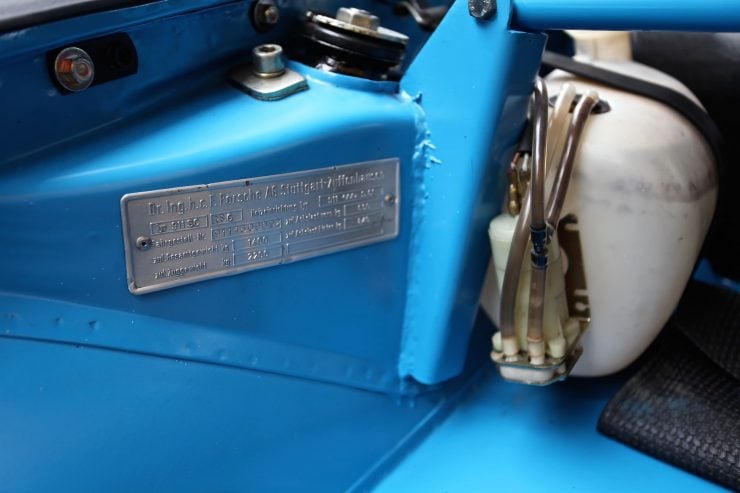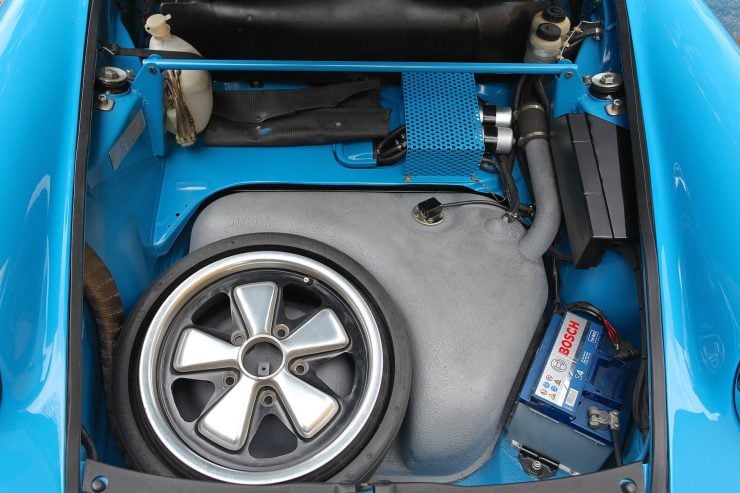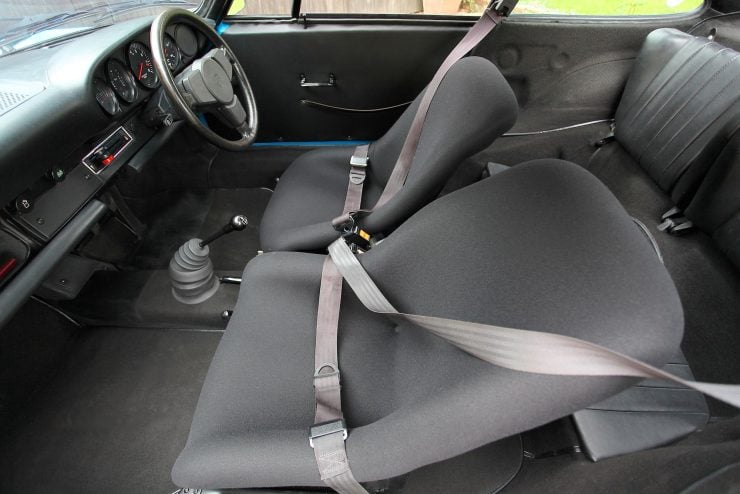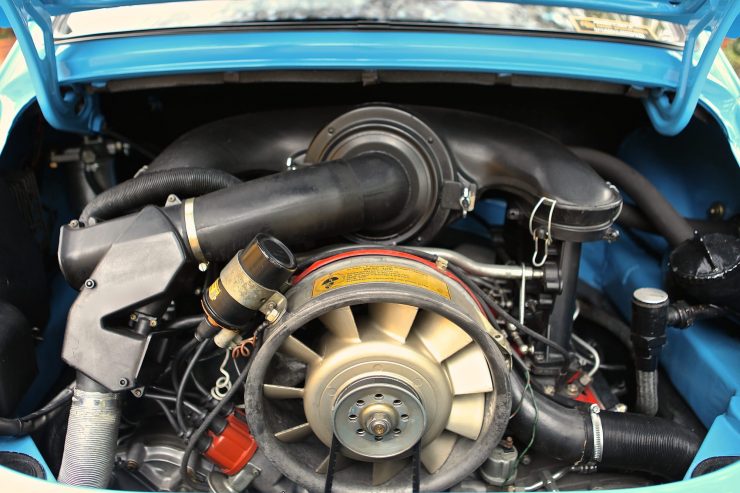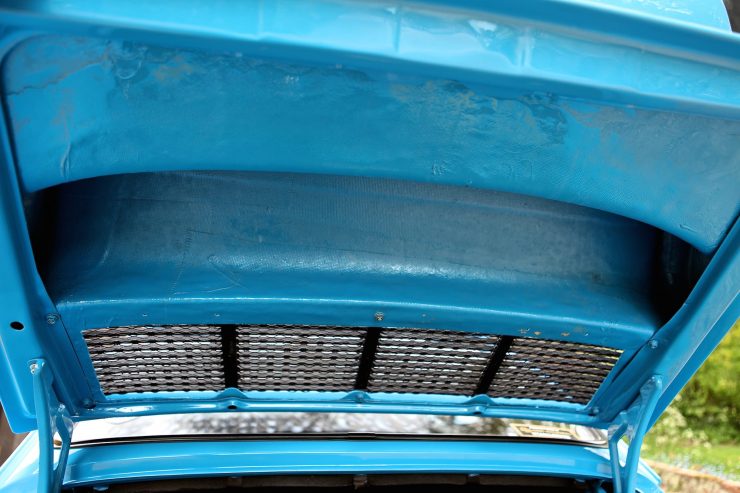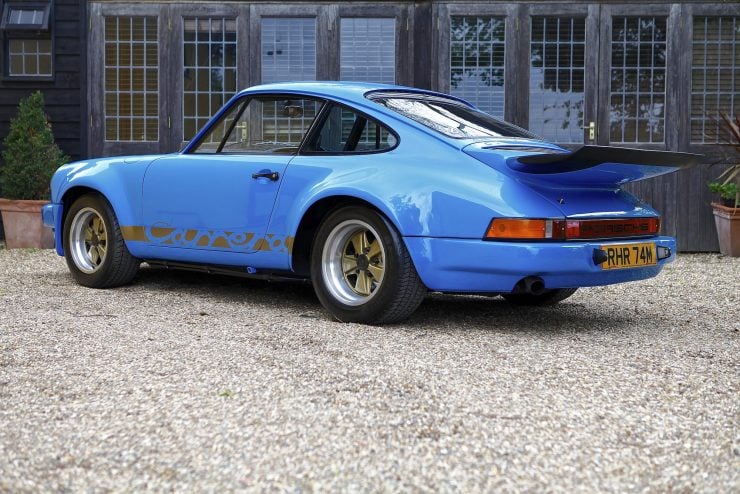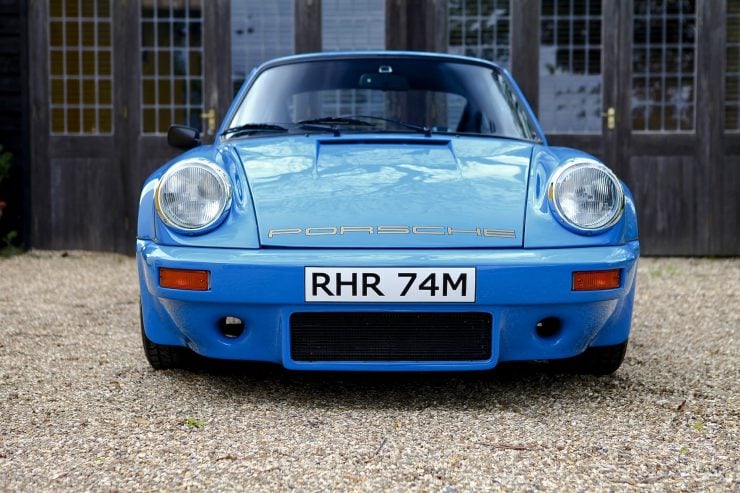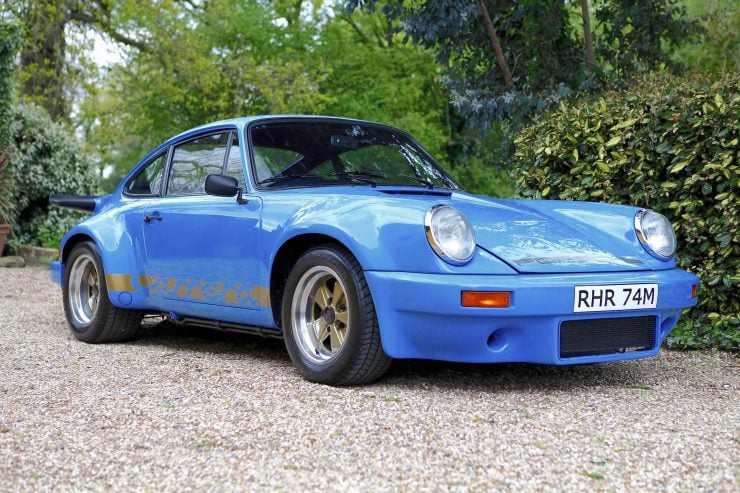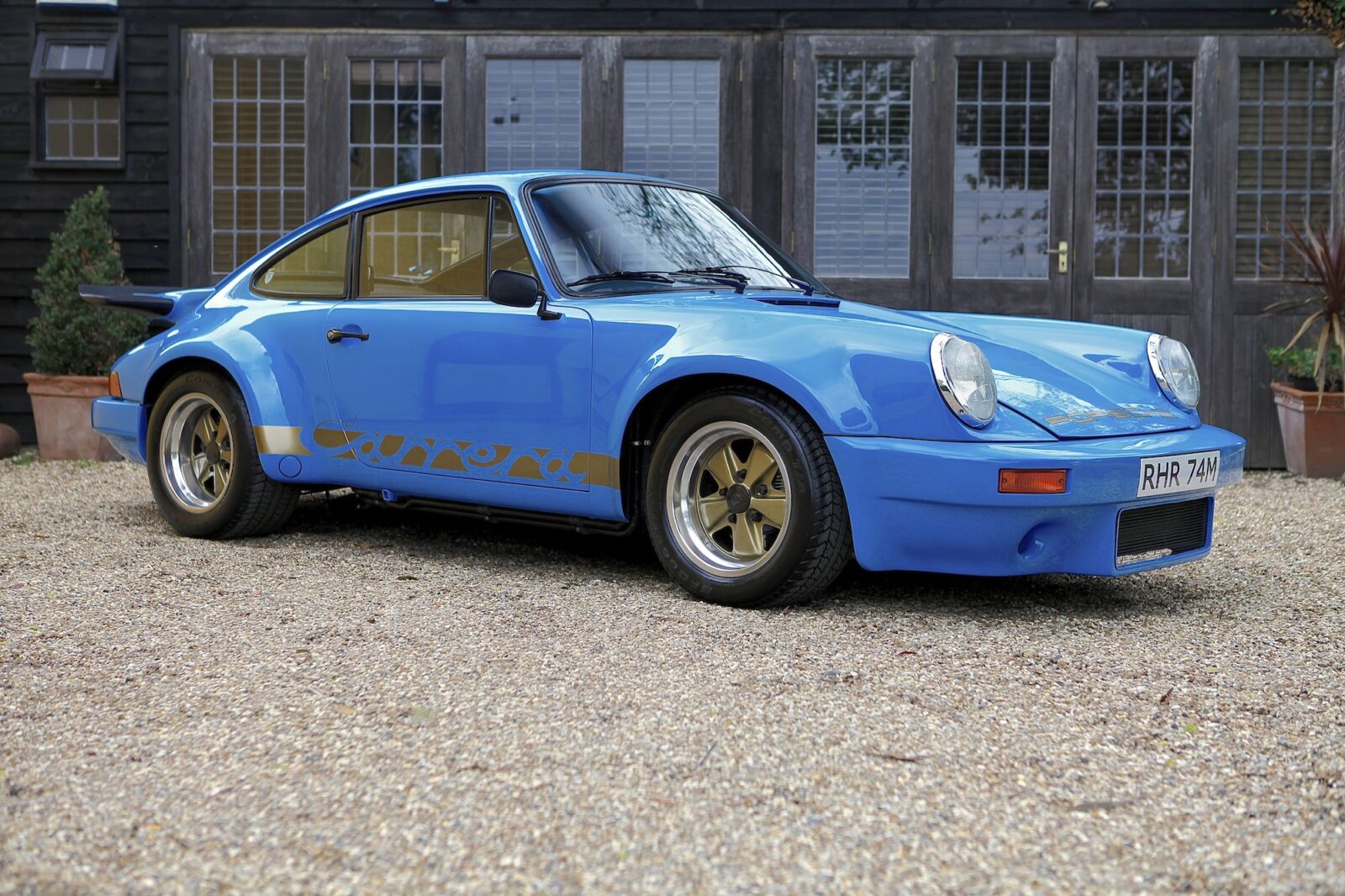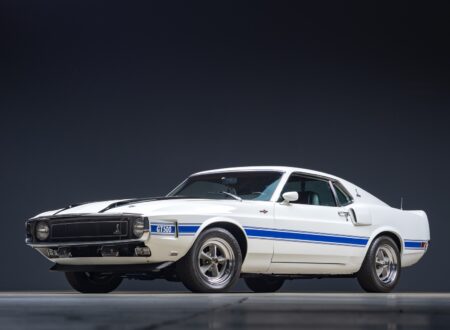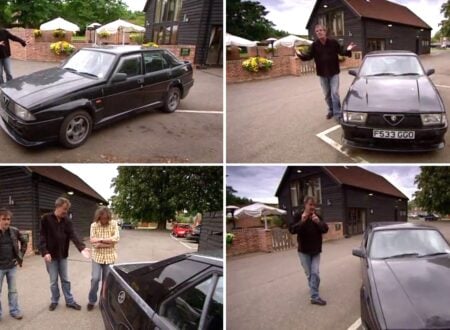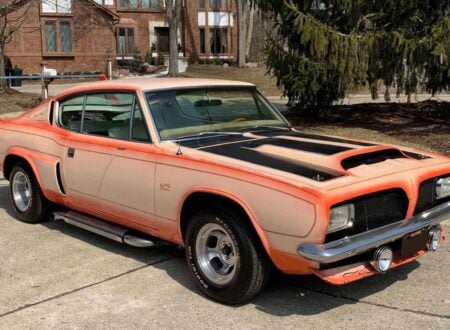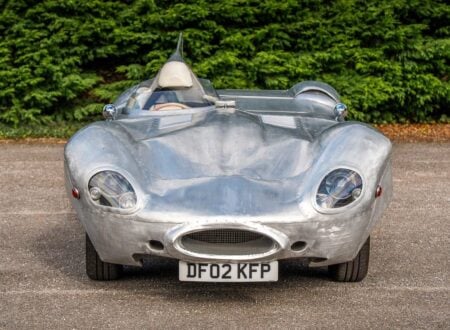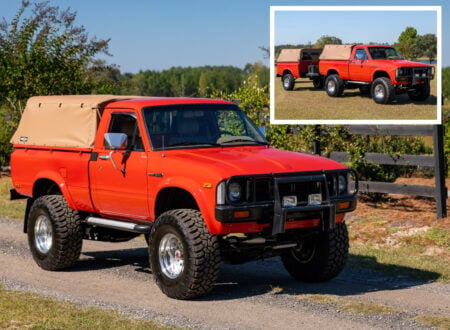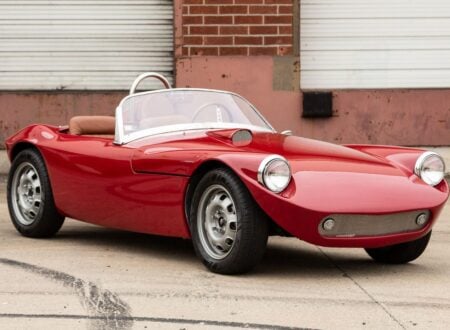The 1974 Porsche 911 Carrera RS 3.0 is an exceedingly rare car, just 55 were made and today they’re considered amongst the finest naturally aspirated 911s money can buy. The “RS” designator in the model name comes from the German word “Rennsport”, which roughly translates to “race sport” – Porsche developed the model based on the 1973 Targa Florio winning Porsche 911 Carrera RSR.
THE DEVELOPMENT OF THE PORSCHE 911 CARRERA RS 3.0
1973 would be the final running of the original Targa Florio, much to the chagrin of the international motor sport community, interestingly the winning time of 6h 54m 19.900s was just over 6 minutes faster than the second place finisher in a Lancia Stratos.
The first 911 Carrera RS was released in 1973, with a 2.7 litre flat-6, a stripped interior, and 210 hp. It sold in far higher numbers than Porsche had initially anticipated, and by the time production ceased they’d shipped 1,580 of them.
For 1974 it was decided to focus the car even more intently on racing. The hefty cross-drilled and ventilated brakes from the Porsche 917 were used on the new car, with a balance bar to adjust front-rear brake bias, and the engine was bored out to 95 mm, keeping the same 70.4mm stroke. Bosch Kugelfischer mechanical fuel injection system was used (the same as on the Carrera RS 2.7), and 230 hp was now being sent to the rear wheels via the 5-speed transmission.

Thanks to the no-holds-barred weight saving regime undertaken on the RS 3.0, the car now weighed in at approximately 900 kilograms (1984 lbs). The use of thin gauge steel in parts the body, lightweight windows, no sound deadening material, a minimalist interior, fibreglass hood and engine cover, and no creature comforts were all necessary to achieve such a low weight – making the car unsuitable for prolonged GT road use but ideal for racing.
The fibreglass front bumper on the 911 Carrera RS 3.0 served three primary purposes – it reduced airflow under the car, it diverted air to the large 917 disc brakes, and it contained an oil cooler to keep the flat-6 from overheating – even when being pushed hard. A rear spoiler was added to the engine cover, and it went a long way to eliminating the rear-end lift that many early 911s suffered from at higher speeds.
Almost all of the 1974 Porsche 911 Carrera RS 3.0 units that were made were used for competition, however enthusiasts have often used them on the road. Jerry Seinfeld owns a 1973 911 Carrera 2.7 RS, the immediate forebear of the 3.0 RS, and he can often be seen driving it in the US – including in an episode of his show, Comedians in Cars Getting Coffee.
The Ex-Lord Mexborough Porsche Carrera 3.0 RS Shown Here
The car you see here is actually a little more special than the one owned by Seinfeld, though he may take umbrage at that statement. Just 55 examples of the 1974 Carrera 911 3.0 RS were ever made – compared with 1580 examples of the 1973 2.7 RS.
The Mexico Blue 911 you see here is 1 of only 6 right hand drive Porsche Carrera 3.0 RS Coupes built by the factory, and it’s the only example that was ordered in this color. For 10 years the cars passed between the hands of a small number of owners before finally being acquired by Lord Mexborough and added to his collection.
As part of Mexborough’s collection the car covered very few miles and was well maintained, with a comprehensive refurbishment taking place in 2013. The car is complete with UK V5 title, MoT, and a fully-documented history file, and it’s now being offered for private sale by Maxted-Page.
If you’d like to read more about the car or enquire after purchasing it you can click here to visit its listing or click to follow Maxted-Page on Instagram | Facebook

